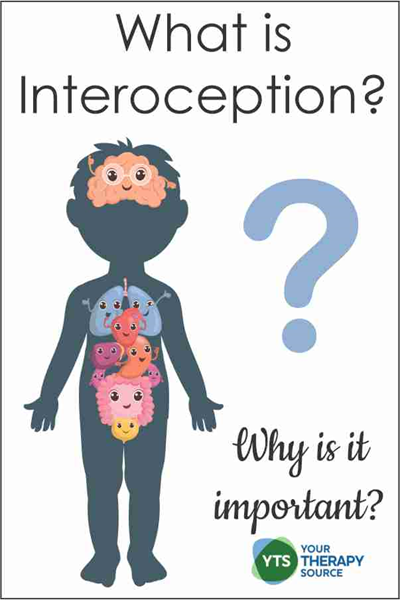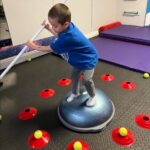Understanding Sensory Processing Disorder
Sensory Processing Disorder (SPD) often reveals itself during the crucial phase of toddler development, presenting unique challenges for both the child and their caregivers. SPD is characterized by an atypical response to sensory stimuli—sounds, textures, lights, and even movement can feel overwhelming or unnoticeable to a toddler with this condition. If you suspect your child may have SPD, reaching out for professional guidance can make a world of difference in your family’s journey. Small changes can help make life’s routines more manageable.
What are Some Indicators of SPD in Children ?
Imagine your child navigating a world where every touch feels too rough, or every sound hits like a thunderclap. This can lead to frustration, meltdowns, or withdrawal, making everyday activities seem like insurmountable hurdles. Understanding these sensory processing issues is the first step toward helping your child experience their environment more comfortably. With the right strategies and support, you can create a nurturing space that accommodates their unique sensory needs, fostering growth and happiness.
- Motor Skill Difficulties: Do they trip often, struggle with stairs, or have trouble with fine motor tasks? Are they coordinated with certain tasks but struggle to do something on command?
- Seeking Sensory Input: Engaging in repetitive behaviors like spinning, rocking, or seeking deep pressure to fulfill sensory needs.
- Routine Dependency: Becoming upset or anxious with changes in routines or environments.
- Sensitivity to Noise and Light: Does your child cover their ears or squint frequently?
- Textural Aversions: Are shoes “too tight” or clothes “too irritating” for them?
- Avoidance: Does your child avoid certain sensory experiences or environments, such as crowded places or activities involving specific textures or smells?
- Delayed Motor Skills: Difficulties with coordination, balance, or motor planning.
- Limited Play Skills: Preferring solitary play or showing limited interest in age-appropriate toys or activities.
- Unusual Eating Habits: Preferring foods with specific textures, colors, or tastes, or exhibiting aversions to certain foods.

How Does Occupational Therapy Help with SPD?
Occupational therapy is highly effective in managing sensory processing difficulties. Therapists work closely with children and their families to create a personalized intervention plan that addresses the unique challenges posed by SPD.
One of the key strategies used by occupational therapists is the development of a “sensory diet.” This customized plan includes a set of activities designed to provide the sensory input a child needs throughout the day. The goal is to help regulate their sensory system, improving their ability to focus, learn, and engage with their environment.
Build Coping Skills
Through occupational therapy, children with SPD can develop coping skills that will serve them throughout their lives. These skills include:
- Self regulation
- Emotional awareness
- Social skills training
- Deep breathing
- Visual supports
- Self advocacy
- Mindfulness techniques
- Structured routines
- Use of sensory fidgets or tools
Explore More Related Topics

Interoception
Interoception is the perception and awareness of internal bodily sensations such as pain, sleep, toileting, body temperature, hunger and thirst cues.

Purposeful Motor Skills
Purposeful motor skills are intentional and goal-directed movements that enable individuals to interact effectively with their environment.

Self-Regulation
Self-Regulation is important for kids to manage emotions, focus, make good choices, and develop resilence.

Sensory Processing
Sensory processing refers to how our nervous system receives and interprets information from the environment through our senses and how we respond to that information.
Ready to Learn More?
If you’re ready to see how Occupational Therapy can transform the life of your child with autism, we’re here to guide you through every step of the process. We believe in the incredible potential of your child and are committed to providing the support, care, and expertise needed to help them shine brightly.
To learn more about our occupational therapy services or to schedule an initial consultation, contact us today. Together, we can pave a pathway to progress, filled with learning, growth, and endless possibilities.
